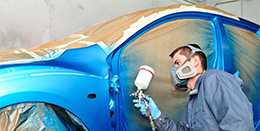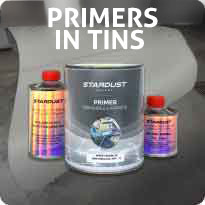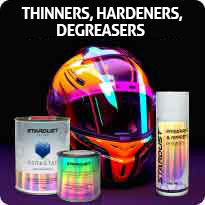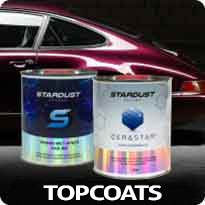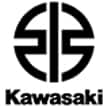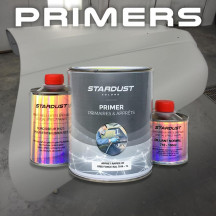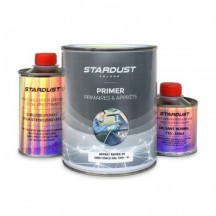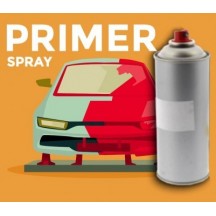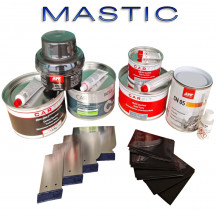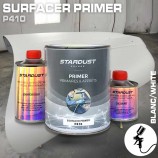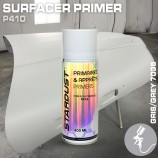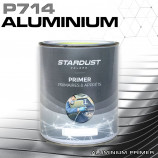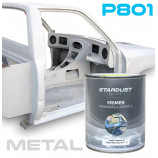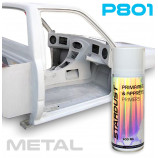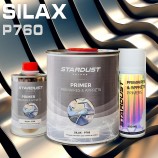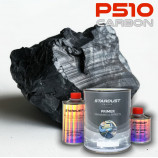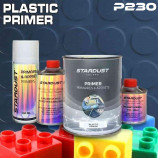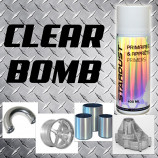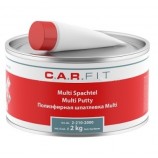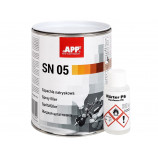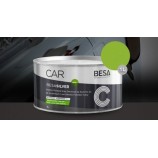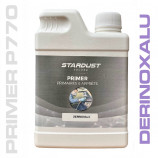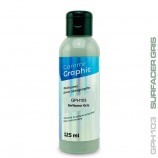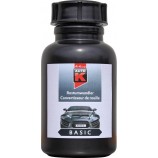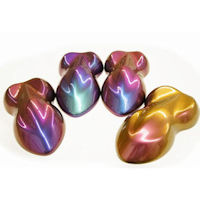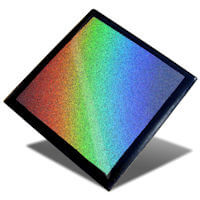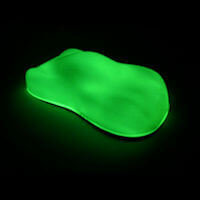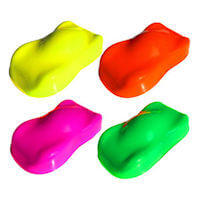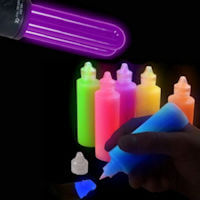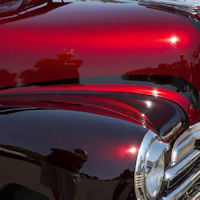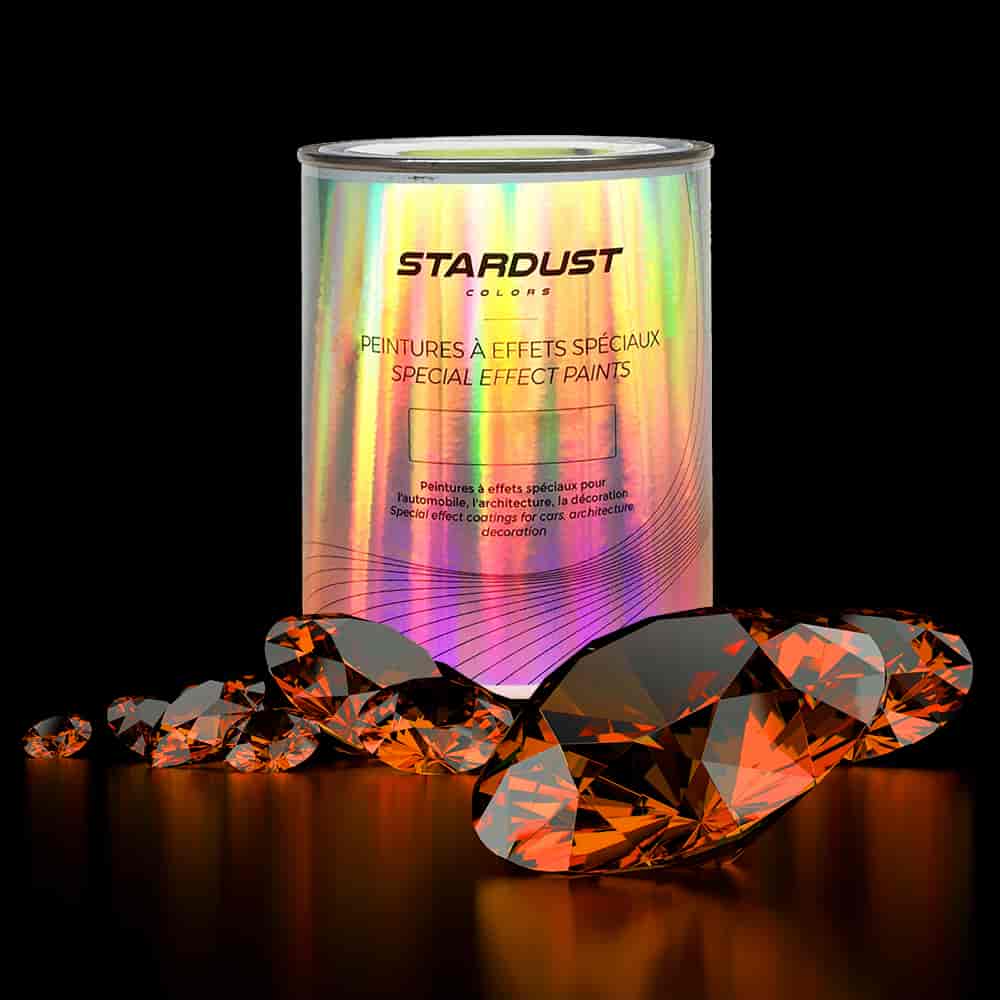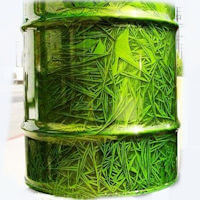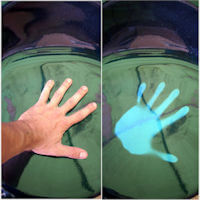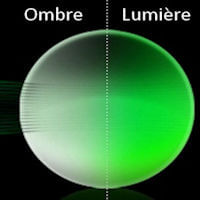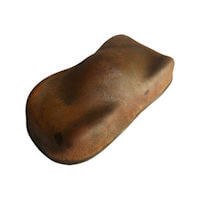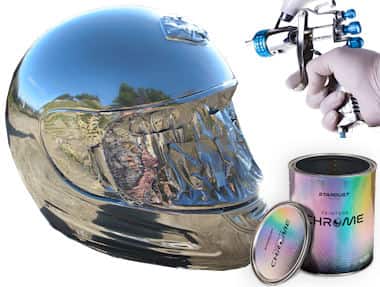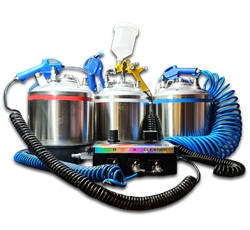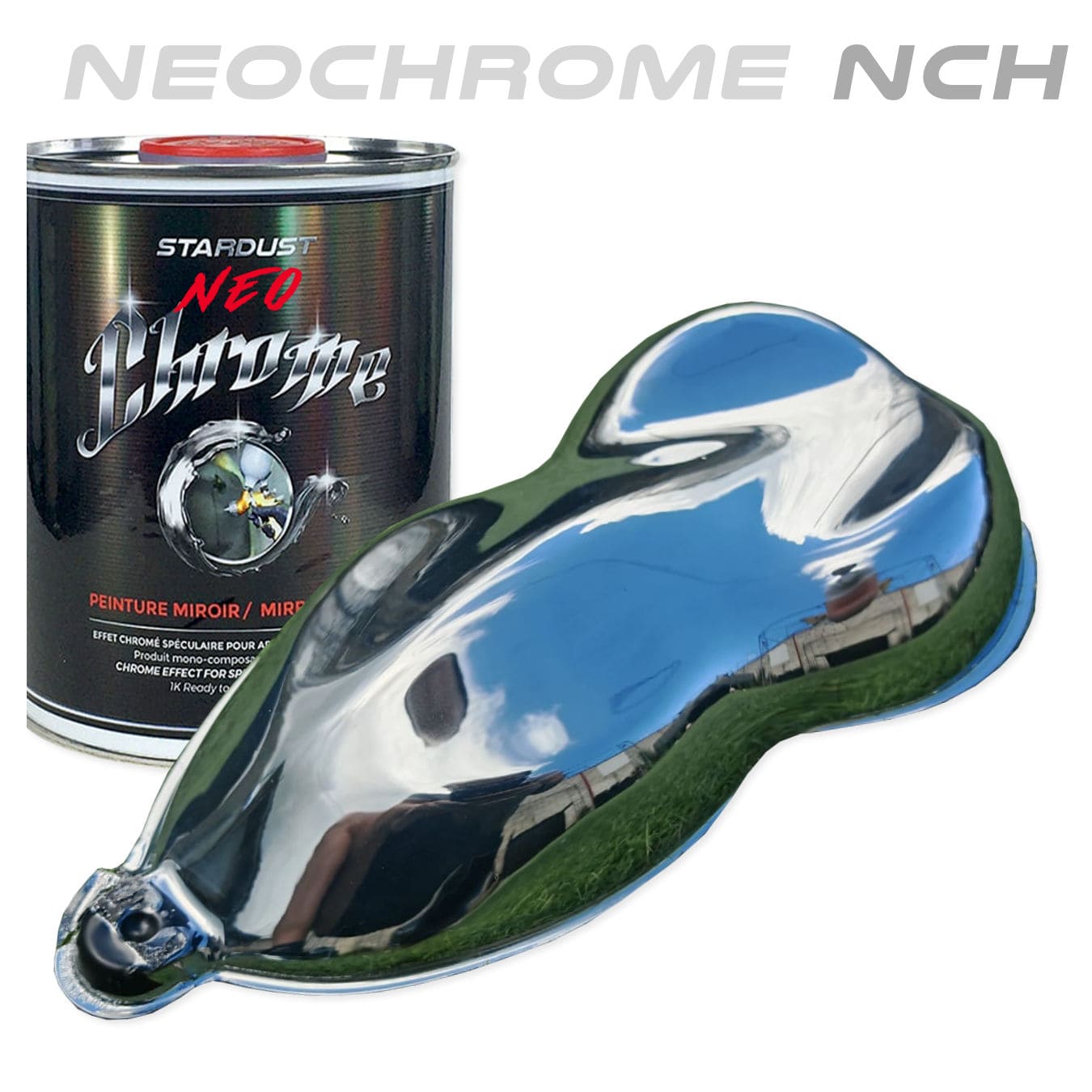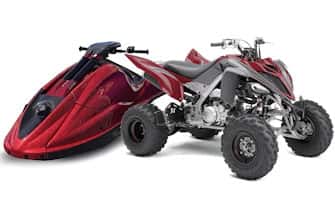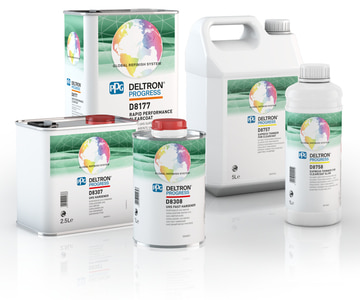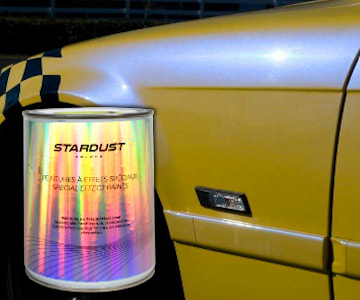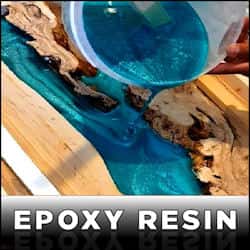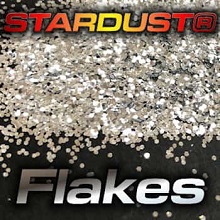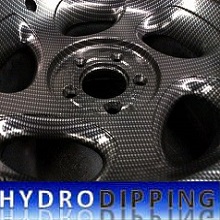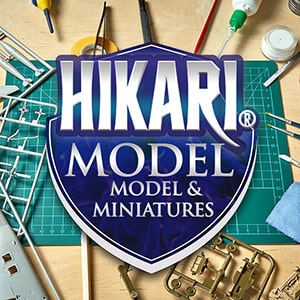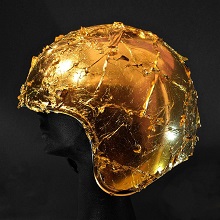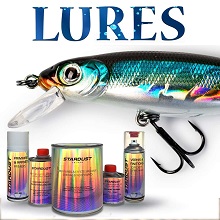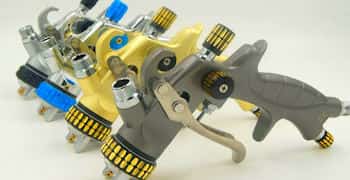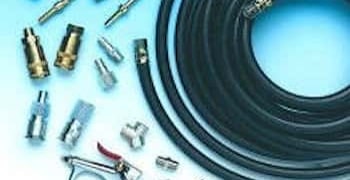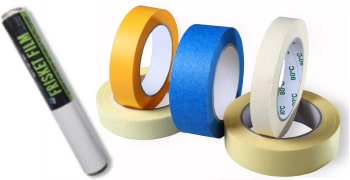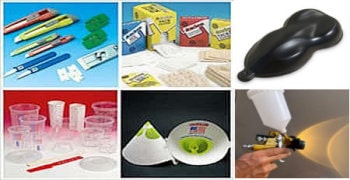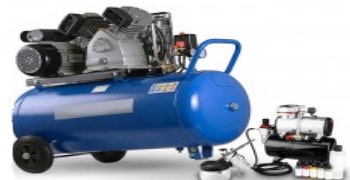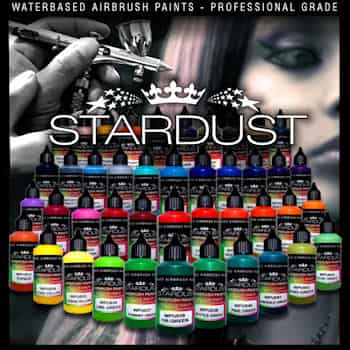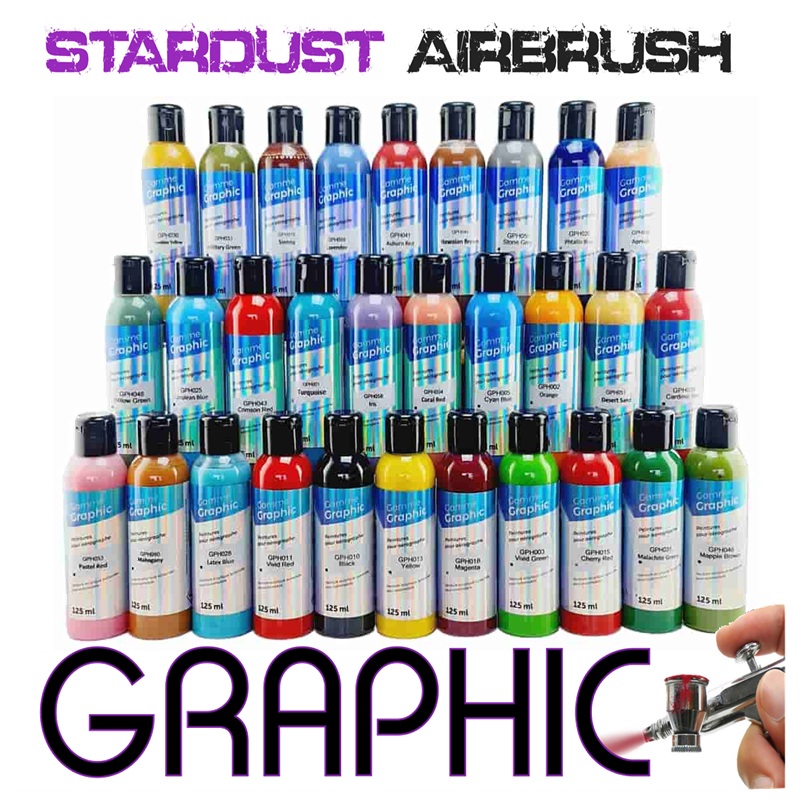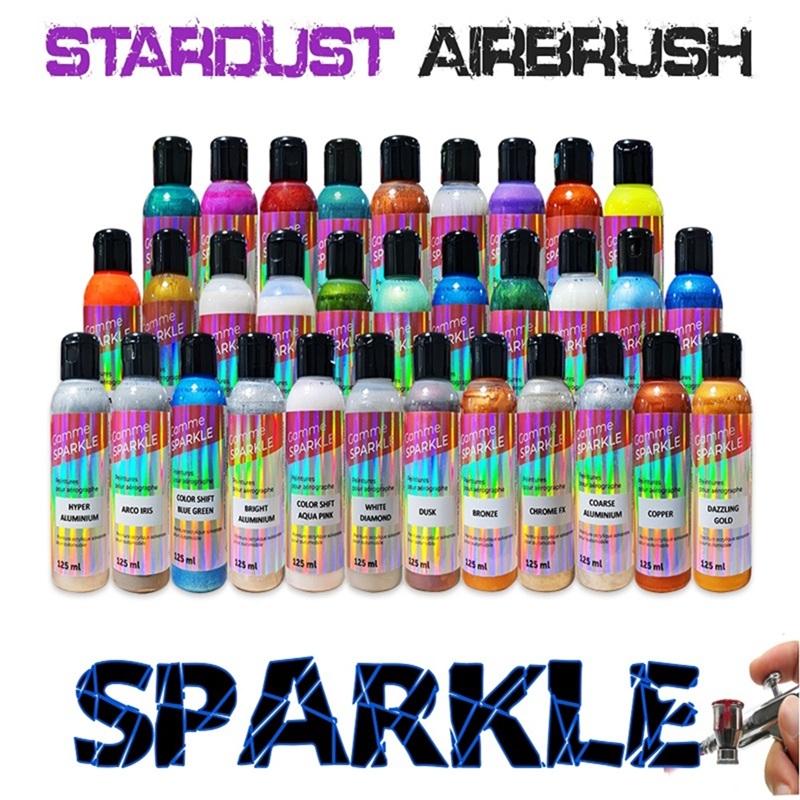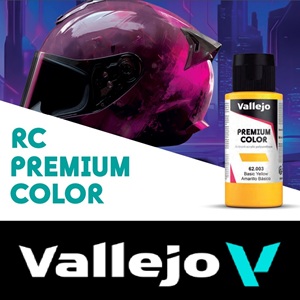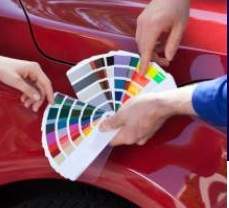In the preparation phase of body paints, Primers are either necessary or optional. The role of these body paint primers is to condition the surface to be painted, whether it is new, raw and bare, or damaged :
Primers create a perfect surface for the paint. In the art of car painting, the requirements are very high and very demanding in terms of adhesion, guarantee and duration in time.
Primers for paints
They have an important role as an "interface" between the substrate and the paint : they have a function according to their type and are commonly called « adhesion primers » or « primers ».
- The first type has an important function which is the adhesion and the grip on a particular type of material (glasses, plastics, metals, wood..). The latter often have anti-corrosion properties to protect metals from oxidation.
- The second type of primer is more of a filling preparatory coat that will fill in micro-imperfections and smooth out imperfect surfaces. In conclusion, a body paint primer is a preparatory coat, which is used when the substrate requires it.
Car body primers in a can
Intended exclusively for applicators equipped with a spray gun, these body primers are generally used in a can with a hardener and a thinner. They are sprayed with large nozzles (generally greater than 1.5 mm) when they are « filler », because they are very thick products, rich in load, to fill the micro-scratches, the unevennesses, the micro-holes, which one meets on the old paints, the mastics, wood, etc...
Car body primers in spray
They can be single-component (ready to use and reusable) or two-component (with hardener and usable only once), the body primers in spray are very practical because they can be used very quickly, without preparing its equipment, connecting it, or cleaning it : they have a very limited capacity which allows very well to treat small surfaces, for example for small « touching up » work.
Coloring chrome
There are products to promote adhesion on almost all materials, except perhaps diamond... there are of course some materials that are problematic, to a greater or lesser extent, such as certain plastics, or rubber and silicone. And for a very particular material, which is hard chrome plating, many companies want to succeed in coloring chrome and for this there is a new primer, unique in its kind and the only one that manages to create an unbreakable grip on this extremely hard metal.
Complete car and motorcycle paint kit
Clearcoats and finishes
Complementary products to body paint
Epoxy paints for rims
Types of body paint
How to prepare the bodywork before painting?







